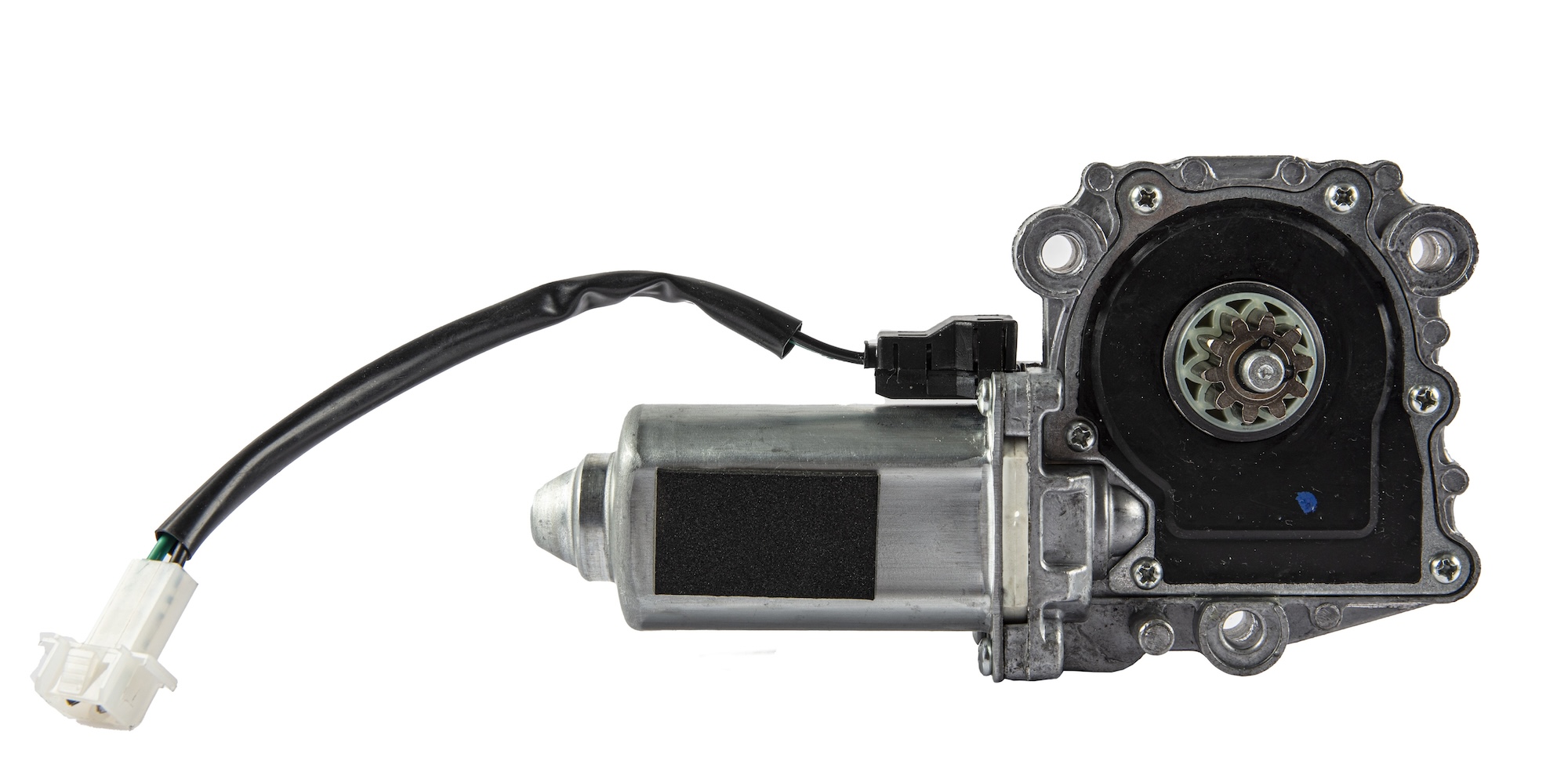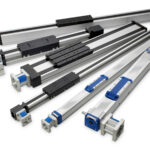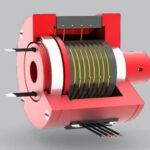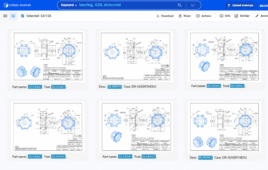Automotive electric actuators adjust engine settings; manage safety features; and impart precise control fuel efficiency. Many such actuators are compact and light, fitting well in modern cars and requiring less maintenance. Some can be programmed to execute different tasks.
The market for these automotive actuators is likely to grow at a moderate pace and reach U.S. $38.3B by 2032 thanks in part to a few key drivers.
Growing vehicle production: The automotive actuators market is experiencing growth primarily due to the increased production of vehicles worldwide to satisfy rising demand for cars. That’s especially true in China and India, where growing incomes and urbanization are causing more people to purchase vehicles.
The rise of EVs: EVs and hybrid vehicles need especially sophisticated actuators for power and energy-management features to maximize control and efficiency. With the growing adoption of EVs, the need for actuators is expanding, fueling market growth in the automotive actuators segment. Case in point: During last year’s Battery Show in Michigan, Marelli presented a smart actuator for EV transmission and thermal-management systems. The actuators include a flexible and scalable mechanical design, an electronic control and networking module, and software to support easy integration.
Stringent emission regulations: Another growth driver is increasingly stringent emission regulations that are compelling internal-combustion car makers to adopt clean-engine technologies such as variable valve timing and exhaust-gas recirculation. These advanced engine systems need precise control with actuators to regulate exhaust flow and timing, reduce emissions, and maximize engine efficiency.

Shown here is an electric motor-driven window actuator. Image: Mehmet Cetin • Dreamstime
Advancement of safety functions: Advanced driver assistance systems (ADASs) include features such as adaptive cruise control, lane-keeping assist, and emergency braking. These ADAS features heavily rely on actuators for adjusting speed, steering, and braking in response to changing traffic conditions. As ADASs become increasingly common, there’s a growing demand for the advanced actuators to support their functions.
Rising prevalence of autonomous vehicles: Actuators are at the core of autonomous steering, braking, and throttle control — translating electronic signals into mechanical actions for safe navigation without human intervention. Their precise and reliable operation is essential for ensuring the safety of passengers and pedestrians alike. As self-driving technology advances and becomes more mainstream, the demand for advanced actuators capable of supporting autonomous driving functionalities will continue to grow. This increasing demand is expected to drive innovation in the automotive industry as manufacturers strive to develop actuators that meet the stringent requirements of autonomous vehicle systems.
Actuators in automotive applications must satisfy three key design objectives. Automotive actuators must satisfy demanding speed, precision, and reliability requirements while remaining cost-effective. Balancing performance with affordability involves careful design and manufacturing optimization. Automotive actuators must also fit into tight spaces and stay under weight limits without sacrificing performance. This requires using advanced materials and efficient design techniques to ensure the actuators meet the size and weight requirements of today’s vehicles. Finally, automotive actuators must withstand exposure to extreme temperatures — including cold and scorching heat that can effect performance and longevity. To this end, many actuators feature special materials and housings.
These insights are based on a recent Fact.MR report titled Automotive Actuators Market. For more related to this topic, read: Automation for North American EV battery production.
You may also like:
Filed Under: Automotive









